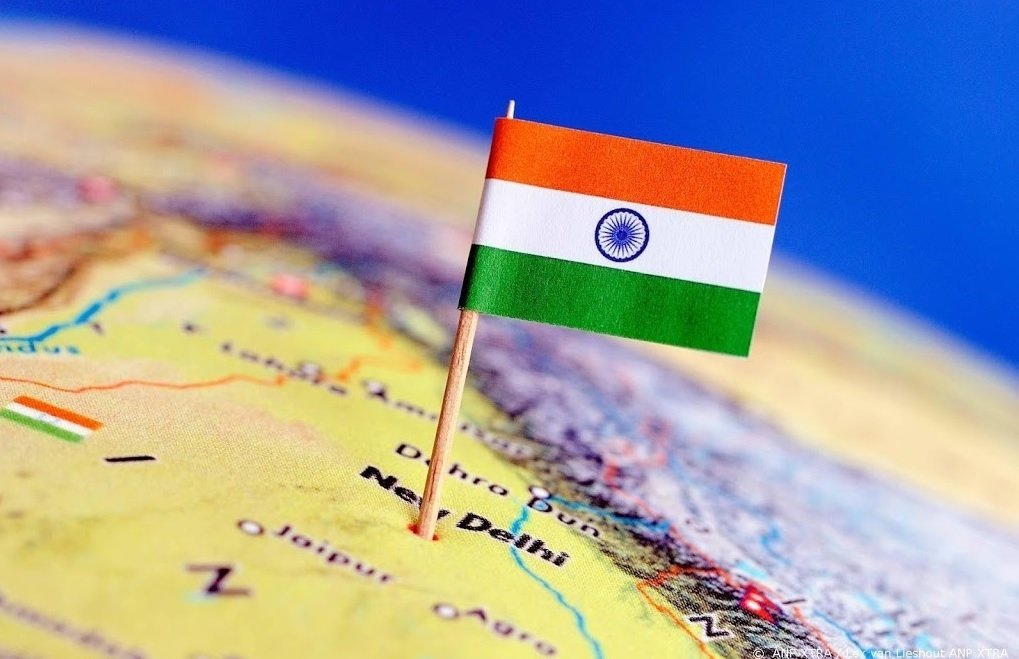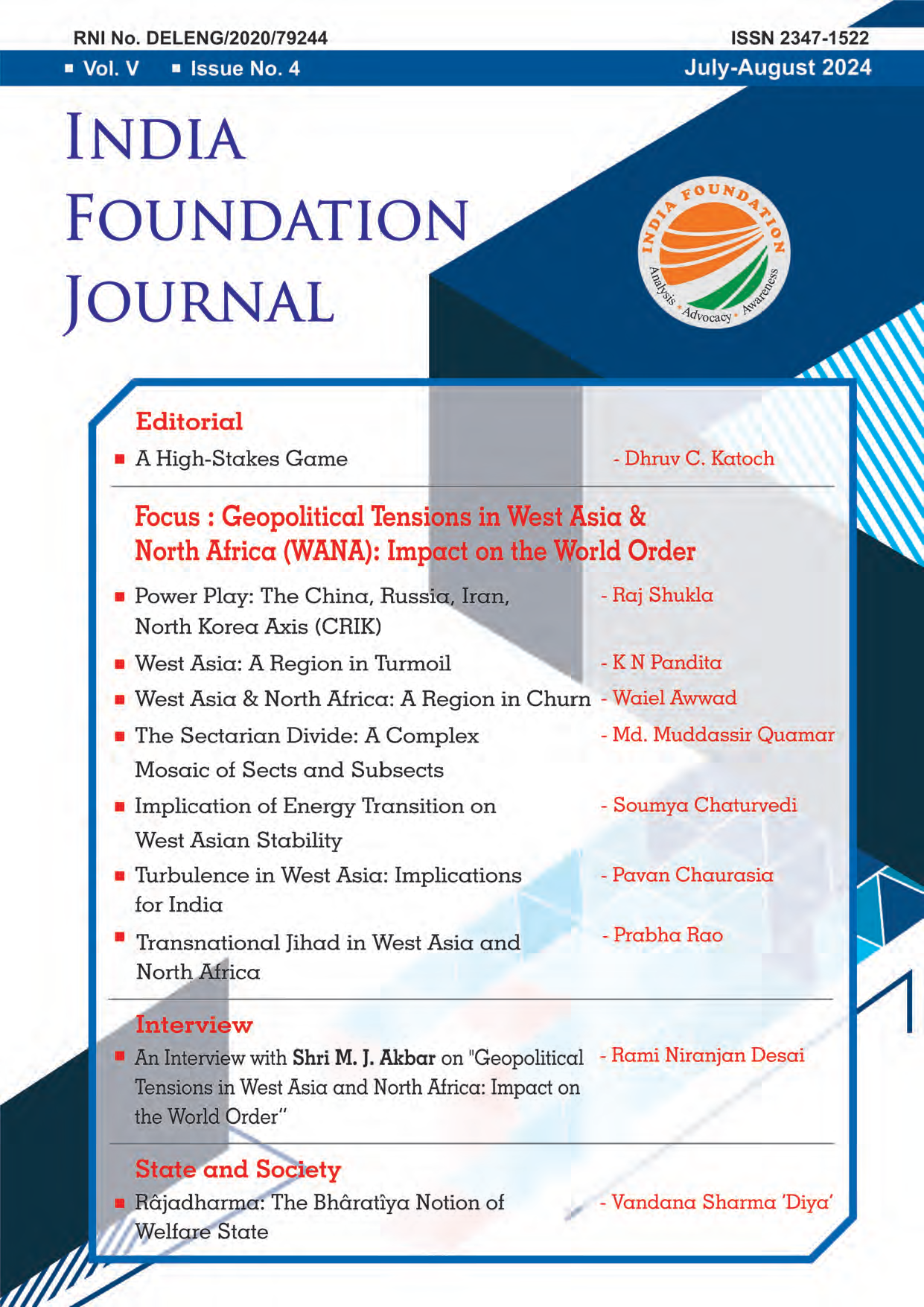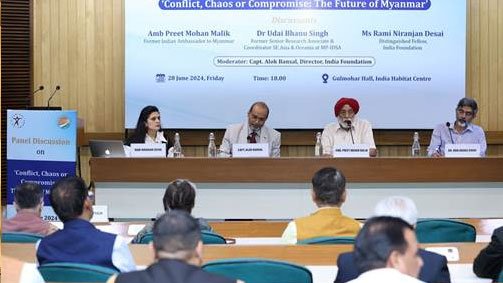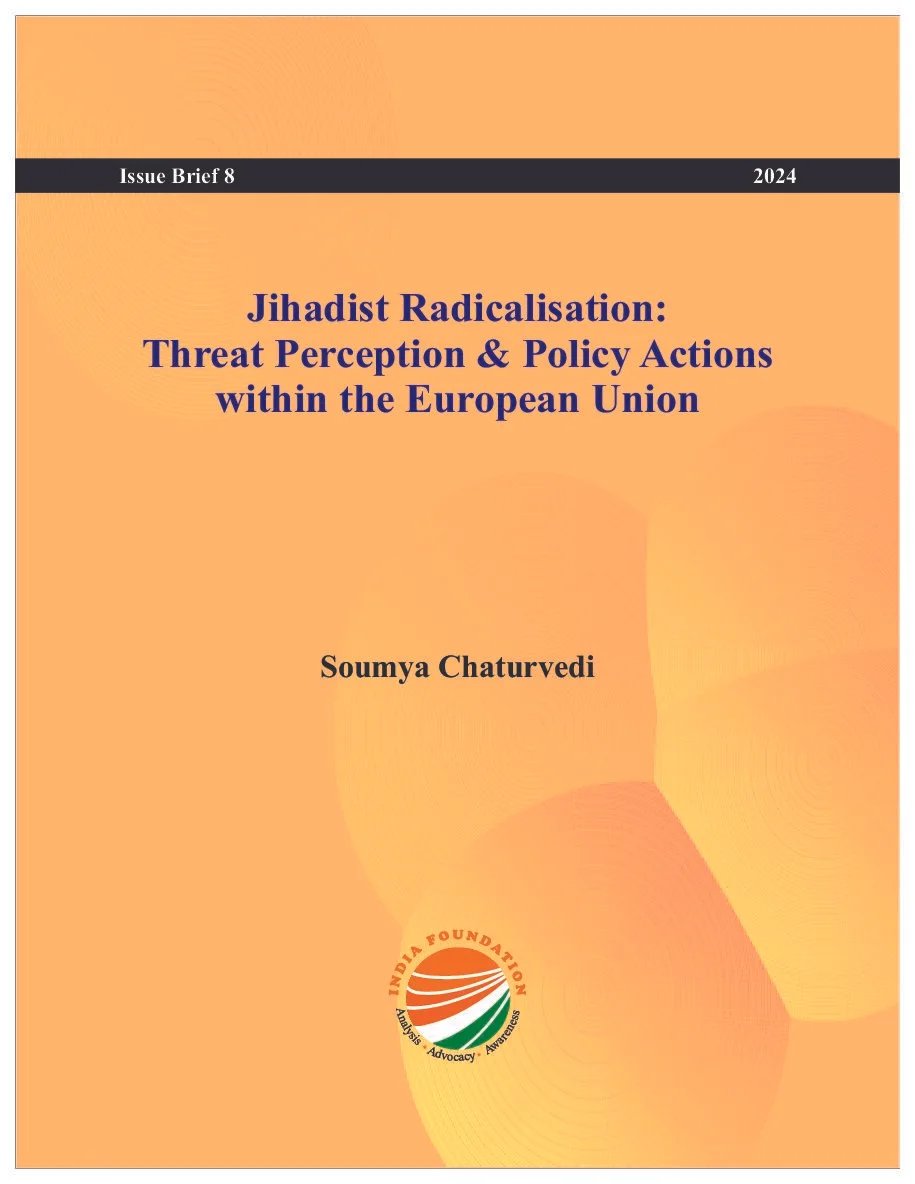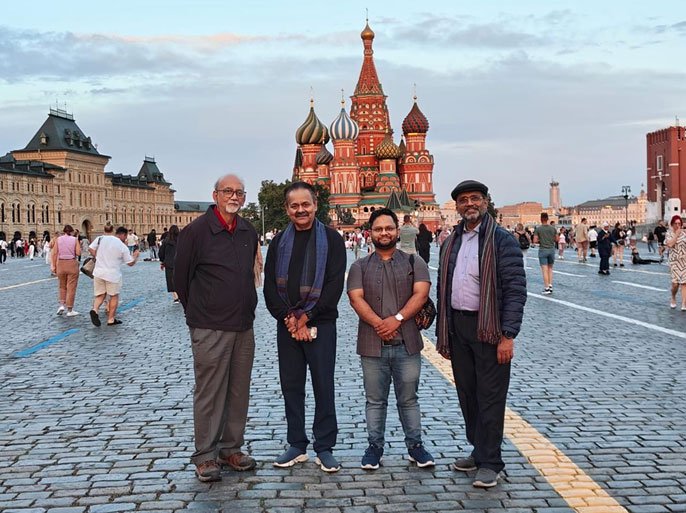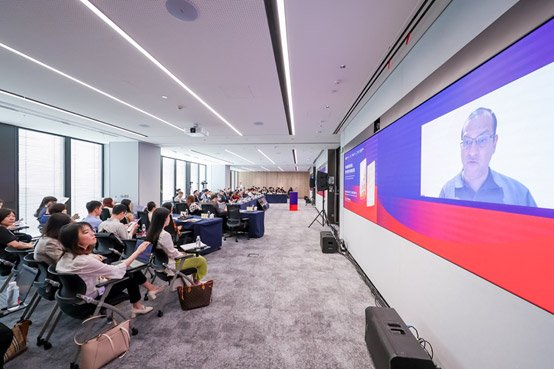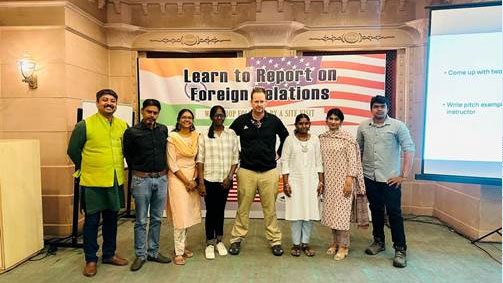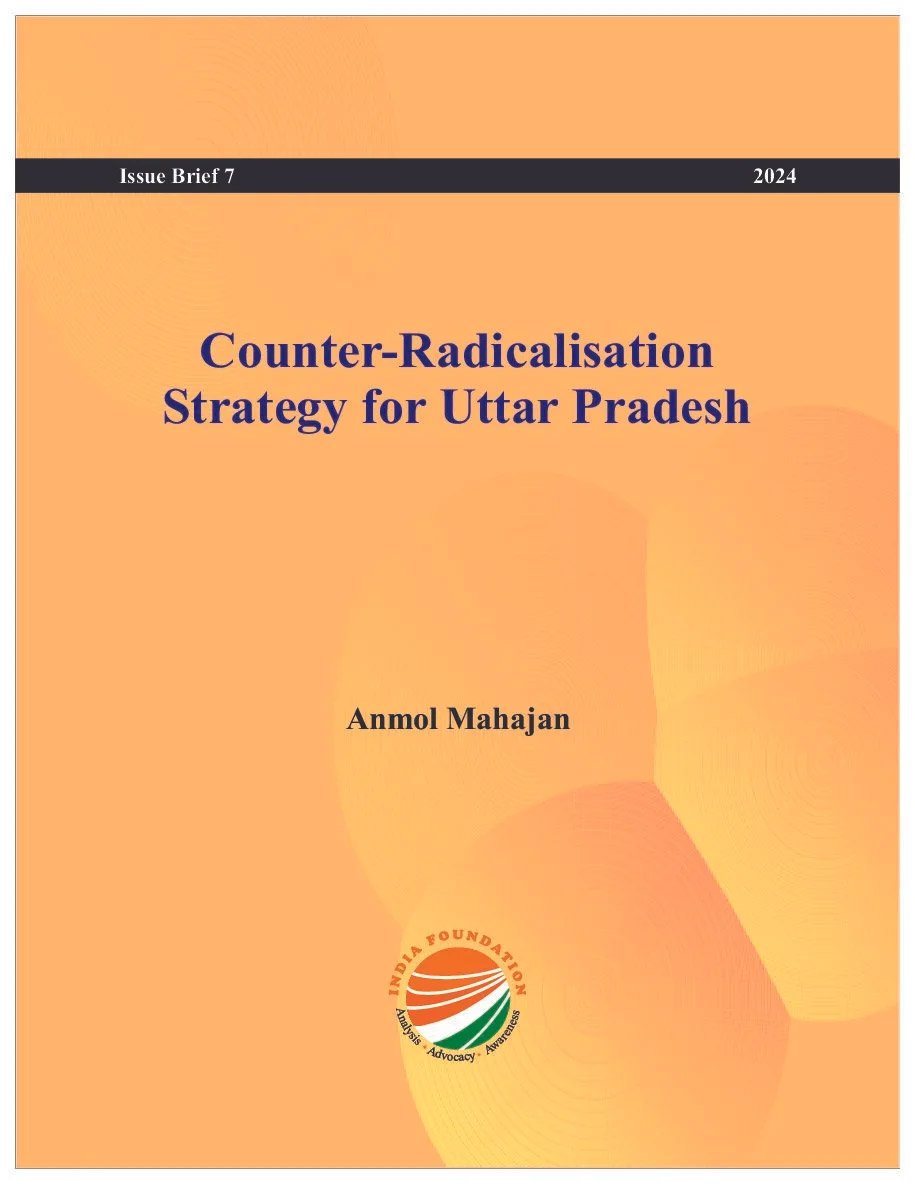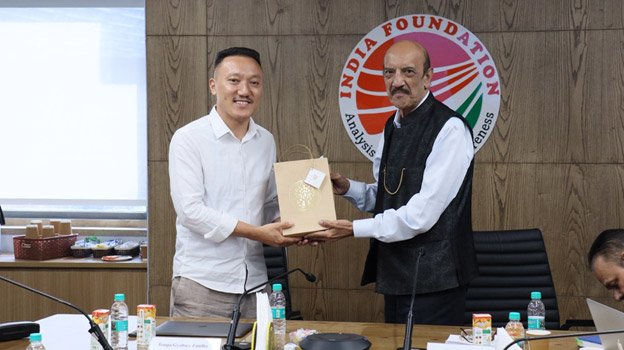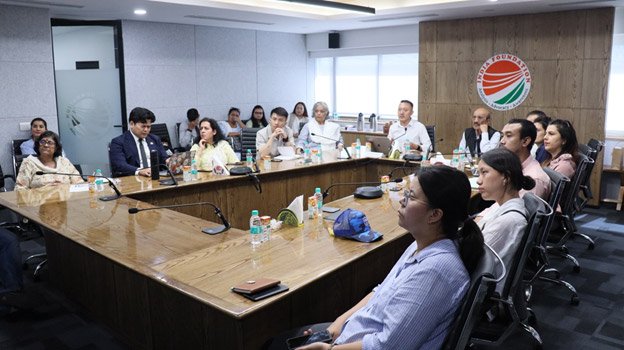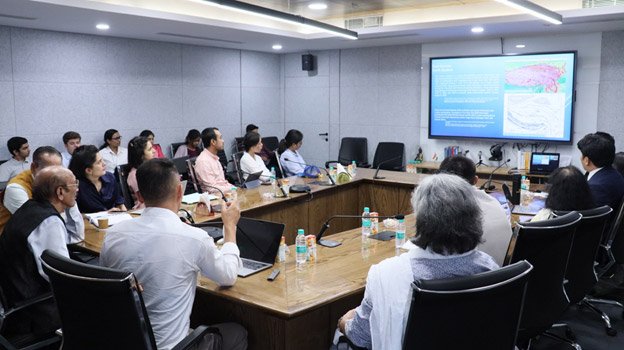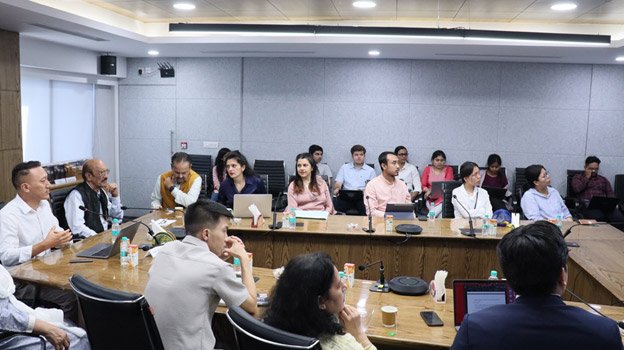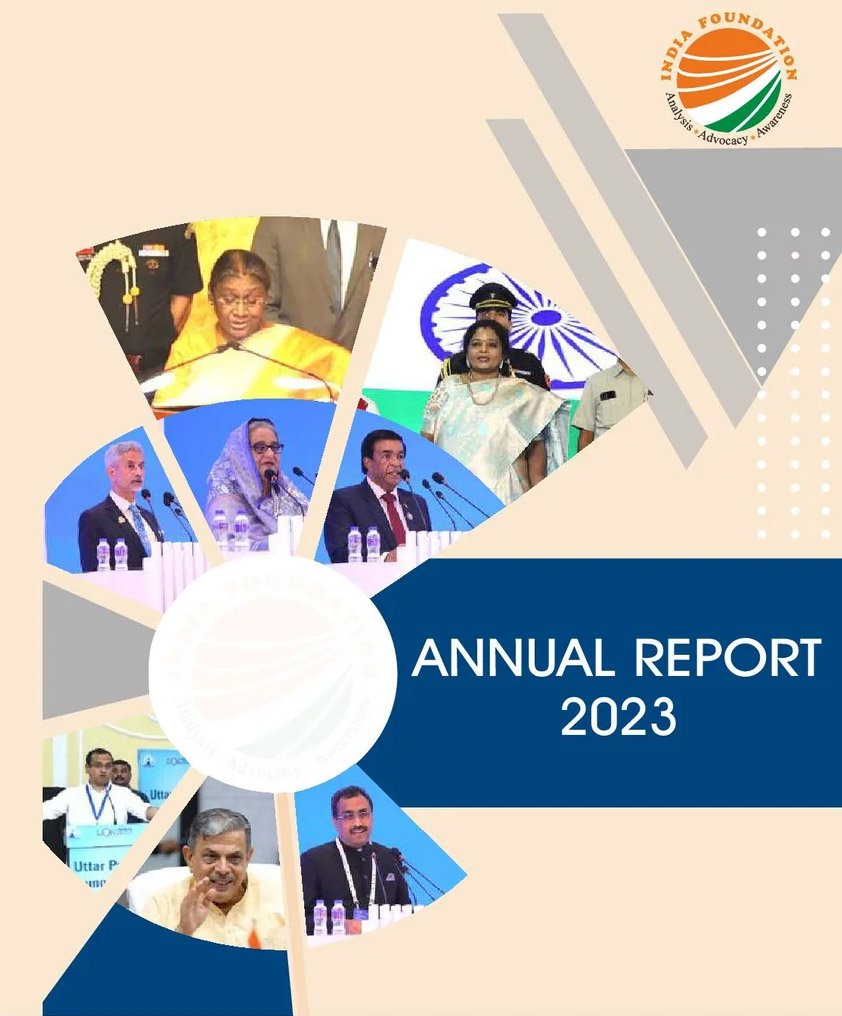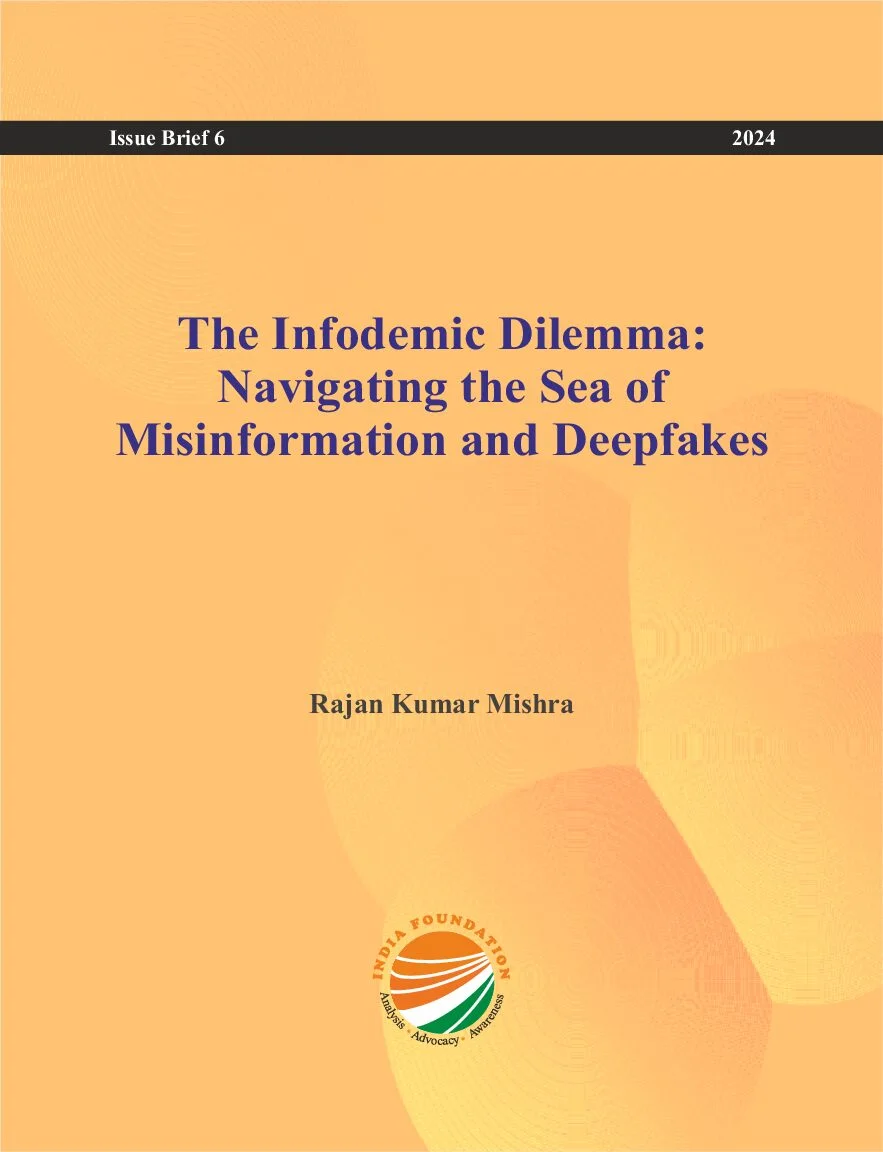Since independence, India’s foreign policy has been remarkably consistent, resting on the twin pillars of economic prosperity (Samriddhi) and national security (Suraksha). A noticeable shift in foreign policy formulation took place after Prime Minister Narendra Modi assumed office in 2014, which saw three additional pillars being added to the existing two: ‘Samman’ (emphasising India’s dignity and honour), ‘Samvad’ (increased engagement with the global community), and ‘Sansriti’ (leveraging India’s cultural and civilisational heritage as a foreign policy tool). The new approach is grounded in pragmatism, being more assertive, bold, and proactive.[1] This has resulted in a dramatic turnaround in India’s relations with the global community, particularly with the West Asian countries.
Speaking at the Raisina Dialogue in 2016, India’s then External Affairs Minister, Ms. Sushma Swaraj, spoke of “bringing a new sense of purpose to our foreign policy.” She said, “India can and should raise its international profile” and “leverage our diplomatic influence to accelerate development at home… and send the message that India’s growth can be the world’s opportunity.” She also spoke of policy choices to drive change and emphasised the role of net security providers in maintaining global order.[2] In his keynote address at the same conference, the then foreign secretary (now India’s foreign minister), Shri S. Jaishankar, mentioned this change in India’s engagement with the Gulf countries. He said that despite a strong historical connection to West Asia, India’s links to the Gulf countries had come to be defined mainly by energy imports and labour exports. Stressing the need to build a more robust relationship, he said, “We are no longer content to be passive recipients of outcomes. India’s landmark ‘Act East’ policy would be matched with ‘Think West’.”[3] This was the first time the phrase ‘Think West’ was used, signalling that a shift in policy was underway.
India’s earlier reticent approach towards West Asia was rooted in two main factors. First, it stemmed from solidarity with the newly independent Gulf nations, owing to a shared history of colonial rule. Second, due to its non-aligned stance during the Cold War, India viewed socialist and secular states more favourably than regional monarchies. A shift occurred during the 1973 oil crisis, prompting India to prioritise engagement with oil-producing nations. However, this engagement was primarily economic, characterised by a transactional buyer-seller relationship. Additionally, the significant Indian diaspora in West Asia, a region dominated by Islam, necessitated a more nuanced approach. India’s foreign policy increasingly took religious considerations into account, influencing both domestic and international affairs.
When the BJP-led NDA government came to power in 2014, it shed the hesitations of earlier years, adopting a more robust approach to West Asia that aligned with India’s evolving worldview. While New Delhi remained sensitive to the potential impact of domestic issues on its relations with predominantly Islamic WANA countries, religion ceased to be an overriding concern. The focus shifted to forging strategic partnerships through political, economic, and security initiatives aimed at strengthening mutual interests. There was also a growing confidence and sense of purpose in engaging with Gulf countries, despite their mutual antagonisms. India successfully cultivated vibrant relations with Saudi Arabia and Iran, navigating their historical animosities. Similarly, India developed strong ties with Israel and Palestine, despite their longstanding conflict. This de-hyphenation of relations allowed New Delhi to build each relationship based on its own merits and for mutual benefit, reflecting India’s enhanced global stature.
In India’s neighbourhood, these relationships are part of India’s broader outreach in the Indian Ocean under the SAGAR initiative. SAGAR, an acronym for Security and Growth for All in the Region, was introduced by Prime Minister Modi in 2015. Through SAGAR, India aims to ensure a safe, secure, and stable Indian Ocean Region (IOR) by fostering economic and security cooperation with its maritime neighbours and enhancing their maritime security capabilities. Cooperation with Gulf countries is integral to the SAGAR initiative, aimed at maintaining free, open, and secure sea lanes of communication for international shipping, including humanitarian aid and disaster relief (HADR) missions.
The vision of SAGAR is inclusive, emphasising politico-economic-security cooperation and adherence to international maritime laws.[4] India’s engagement with West Asia now extends beyond energy, trade, and people-to-people contacts. While India remains dependent on the Gulf for its energy needs, the relationship has diversified into new areas. Gulf nations increasingly view India as a safe investment destination and a reliable security partner. This shift marks a departure from India’s earlier piecemeal transactional approach to a more holistic and strategic intent.
On the security front, the Indian Navy plays a crucial role in ensuring open sea lanes and mitigating piracy threats in the Western Indian Ocean. Currently, the Indian Navy has deployed a dozen warships in the Western Arabian Sea, along with two warships in the Gulf of Aden. This deployment addresses the challenges posed by Somali piracy in the Gulf of Aden and potential attacks by Houthi rebels in the Red Sea.[5] This represents a significant departure from previous deployments in terms of both strength and operational scope, contributing to maintaining calm and incident-free conditions in this part of the Indian Ocean.
The last decade has witnessed the Indian military conducting joint air, naval, and army exercises with the Emirates and Oman, as well as multilateral exercises involving Qatar, Bahrain, and Saudi Arabia. These exercises not only enhance interoperability with regional counterparts but also signal India’s capability as a net security provider in the region. India has also joined the 43-nation Combined Maritime Forces naval partnership based in Bahrain, facilitating multilateral security operations in the Gulf.[6]
However, West Asia and North Africa (WANA) face immense challenges. Ongoing conflicts in Syria and Yemen, strained relations between Israel and Iran, as well as Israel and Hamas, and the sectarian divide between Saudi Arabia and Iran pose significant hurdles to achieving peace and stability. These challenges are further complicated by conflicting interests among major regional powers. While events in West Asia may not directly impact India, disruptions in energy supplies could have unsettling effects on both India’s and the world’s economies. West Asia remains a high-stakes arena, where India, with its goodwill across the region, can potentially play a peacemaking role.
Author Bio: Maj. Gen. Dhruv C. Katoch is Editor, India Foundation Journal and Director, India Foundation
References:
[1] Ram Madhav, Panchamrit: The Five Pillars of Indian Foreign Policy in India’s Foreign Policy: Towards Resurgence, Dhruv C Katoch (Ed), New Delhi, Pentagon, 2016, pp. 20-24.
[2] https://www.mea.gov.in/Speeches-Statements.htm?dtl/26432/Speech_by_External_Affairs_Minister_at_the_inauguration_of_Raisina_Dialogue_in_New_Delhi_March_01_2016
[3] Conference Report, Raisina Dialogue March1-3, 2016, pp 61-63, available at https://www.orfonline.org/forums/raisina-dialogue-2016
[4] https://maritimeindia.org/revisiting-sagar-indias-template-for-cooperation-in-the-indian-ocean-region/
[5] https://www.orfonline.org/research/dynamic-shift-indian-navy-in-the-red-sea
[6] https://warontherocks.com/2024/05/indias-engagement-with-the-middle-east-reflects-new-delhis-changing-worldview/

